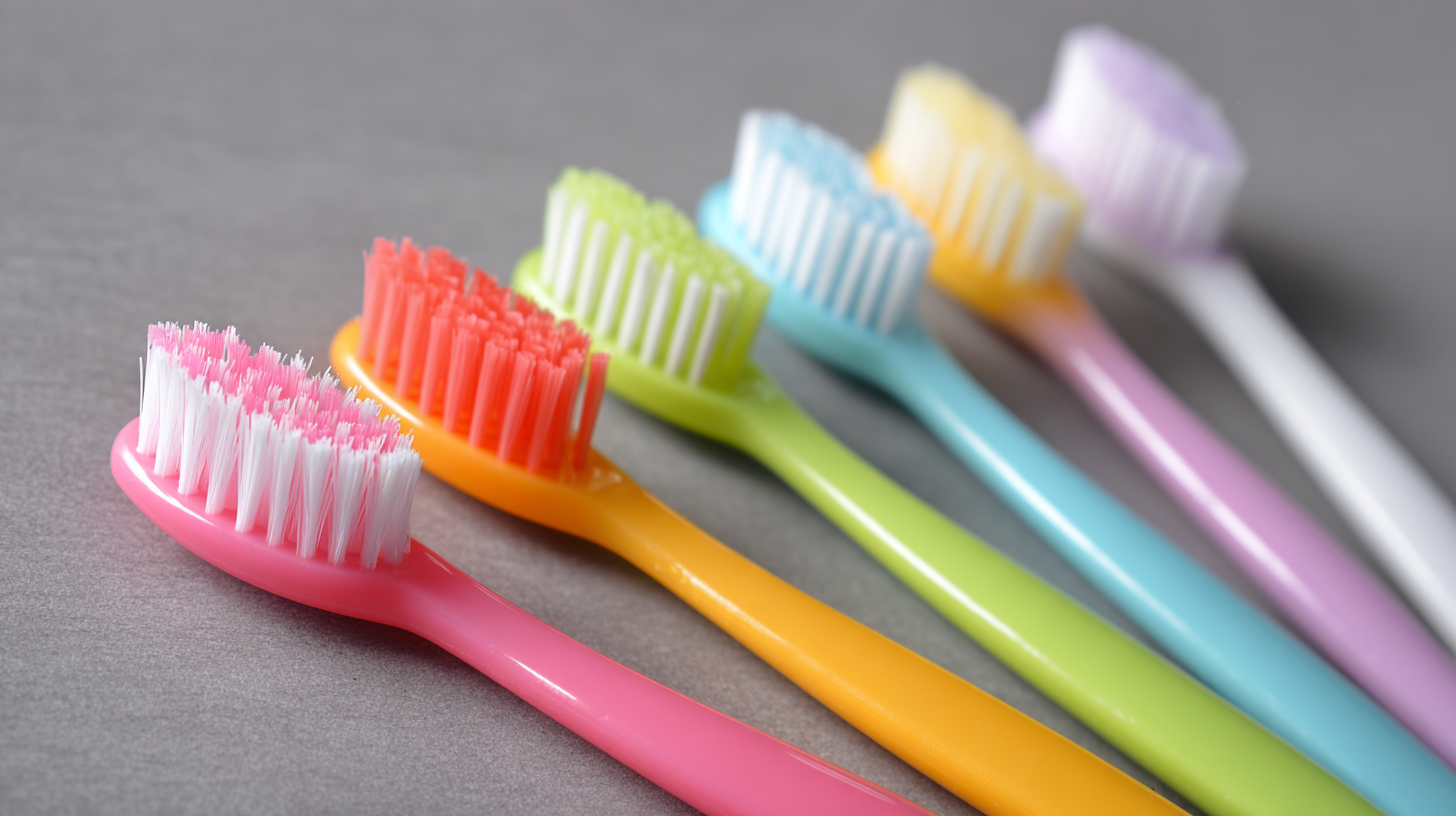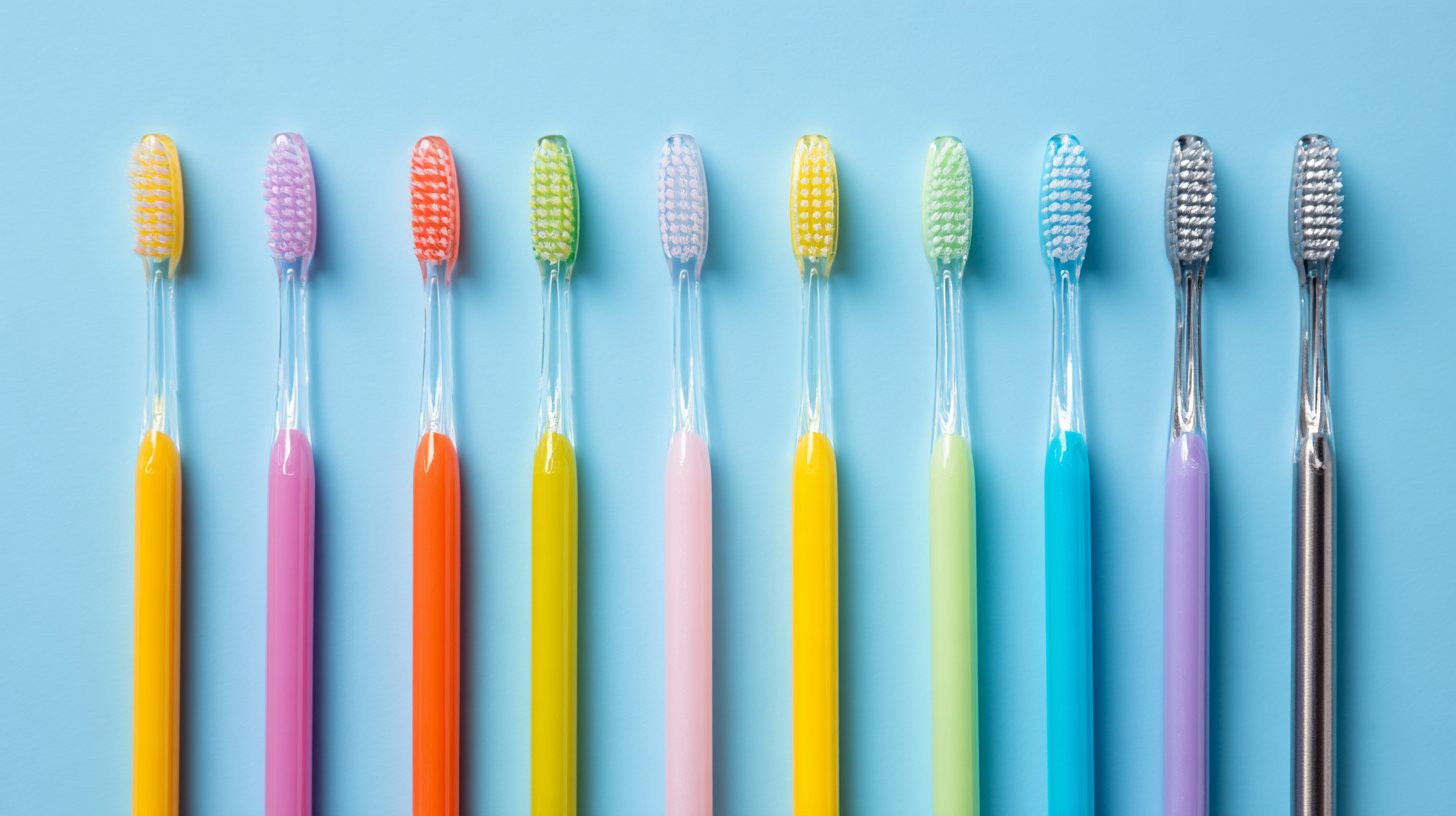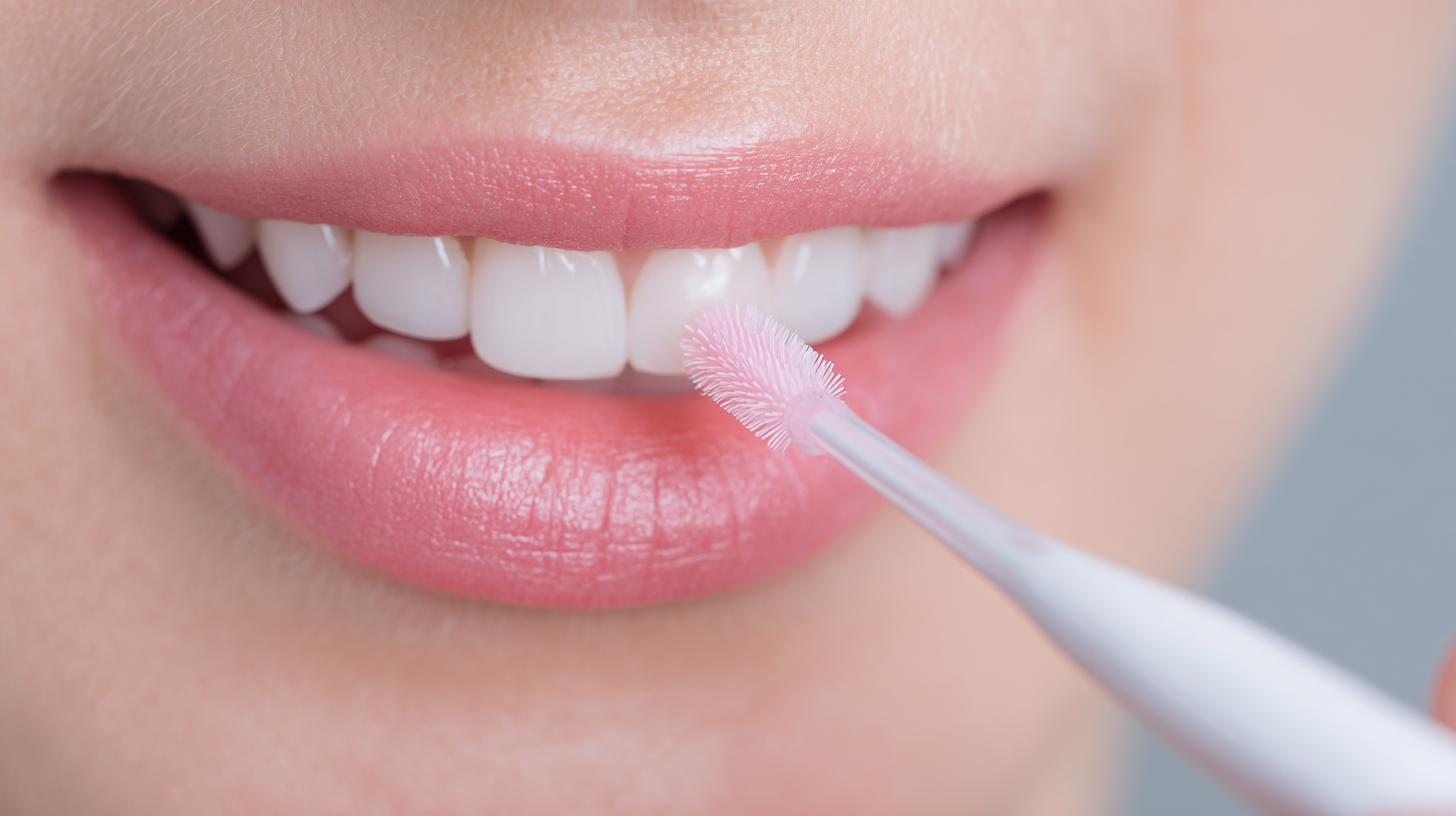Inquiry
Form loading...
-
Phone
-
E-mail
Maintaining optimal oral health requires more than just regular brushing and flossing; it involves incorporating effective tools into your daily hygiene routine. One such essential tool is the interdental brush, designed specifically to clean between teeth and around braces or dental implants where traditional toothbrushes cannot reach. Unlike regular floss, interdental brushes can be more efficient in removing plaque and food particles, thereby reducing the risk of cavities and gum disease.

In this article, we will explore the top five essential tips for choosing and using interdental brushes effectively. Whether you're new to using an interdental brush or looking to improve your technique, understanding the various sizes, designs, and applications will help you make informed decisions for your oral care. With the right interdental brush and proper usage, you can take significant steps towards achieving a healthier mouth and a brighter smile.
When it comes to maintaining optimal oral health, selecting the right size of interdental brushes is crucial. Interdental brushes come in various sizes, designed to fit the different gaps between teeth. It’s essential to assess your unique dental needs before choosing a brush. For individuals with larger spaces, a thicker brush may be more effective, while those with tighter gaps might require a slimmer option. Many manufacturers provide size guides, which can help you determine the appropriate brush for your mouth.

In addition to size, comfort and ease of use are important factors to consider. An interdental brush that fits well between your teeth will not only be more effective at removing plaque and food particles but will also encourage regular use. It’s advisable to start with a few different sizes to find the most comfortable option. Once you identify the right size, make it a point to incorporate the brushing into your daily oral hygiene routine for lasting health benefits.
When selecting interdental brushes, it's essential to understand the various types available on the market to ensure optimal oral health. Generally, interdental brushes come in different sizes and shapes, catering to diverse needs. For instance, smaller brushes are ideal for tight gaps, whereas larger ones are better suited for wider spaces between teeth. Additionally, consider the bristle material—soft bristles are often recommended for sensitive gums, while firmer bristles can effectively remove plaque.
One of the key tips for using interdental brushes effectively is to ensure you choose the right size for your gaps. If the brush is too small, it won’t clean effectively; if it’s too large, it could cause discomfort or damage to the gums. Another important tip is to use your interdental brush with a gentle back-and-forth motion rather than forcing it in and out, which can lead to gum irritation. Regular use of these brushes, alongside your daily oral hygiene routine, can significantly enhance your overall dental health.

Using interdental brushes is an effective way to enhance your oral hygiene routine by reaching areas that regular brushes might miss. To maximize their effectiveness, it is essential to choose the right size for your gaps. Always opt for brushes that fit comfortably between your teeth without causing discomfort. If unsure, consult your dentist for guidance on the best sizes for your unique dental spacing.
When it comes to technique, insert the interdental brush slowly and gently between your teeth. Avoid forcing it, as this might damage your gums. Move the brush in a back-and-forth motion to dislodge plaque and food particles effectively. Remember to clean your brush after each use to maintain its hygiene and ensure optimal performance. Regular use of interdental brushes, ideally once a day, can significantly contribute to reducing plaque buildup and promoting overall oral health.
When it comes to maintaining your interdental brushes, proper care and sanitation are crucial for ensuring their longevity and effectiveness. After each use, rinse your brushes thoroughly under warm water to remove food particles and plaque. This simple act not only helps in keeping the brush clean but also extends its life. Additionally, consider soaking the brushes in a mild antibacterial solution for a few minutes once a week to eliminate any remaining bacteria.
To further enhance the lifespan of your interdental brushes, store them in a dry, ventilated space. Avoid storing them in damp areas or inside closed containers, as this can promote bacterial growth. You can also invest in a brush holder with air circulation to keep them dry. Remember to inspect your brushes regularly for signs of wear. If the bristles are frayed or bent, it’s time to replace them. Following these tips will ensure your interdental brushes remain effective tools in your oral hygiene routine.
When it comes to maintaining optimal oral health, many people unknowingly make common mistakes while using interdental brushes. One significant error is applying too much pressure, which can injure the gums and create spaces for plaque buildup. According to dental experts, it's essential to use these brushes gently to effectively clean between teeth without causing harm. Furthermore, individuals often overlook the importance of choosing the right size of interdental brush for their teeth. A recent study highlighted that over 50% of users select a size that does not fit their gaps properly, leading to ineffective cleaning.
Another prevalent mistake is the misuse of the brushes themselves. Many people tend to reuse interdental brushes beyond their recommended lifespan, which can diminish their efficacy and lead to bacterial growth. Dental professionals emphasize that these brushes should be replaced regularly to ensure optimal hygiene. Additionally, failing to incorporate interdental brushing into a daily oral health routine can undermine overall efforts; brushing alone only cleans about 70% of tooth surfaces. This statistic underscores the necessity of using interdental brushes as a complementary tool for thorough dental care.
